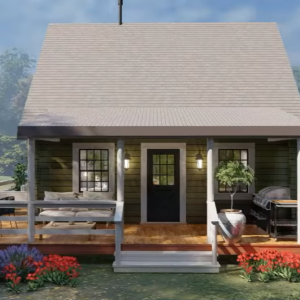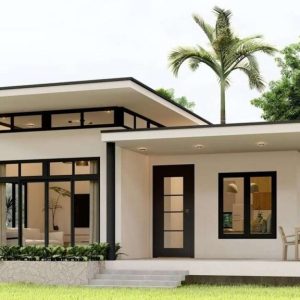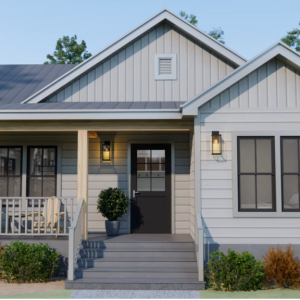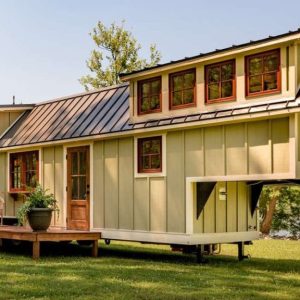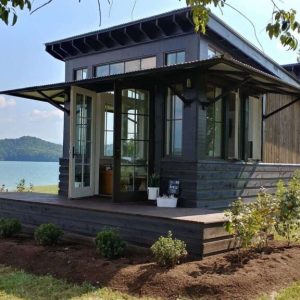
When you plan a landscape layout, consider all six basic principles for the best results. The first three principles of garden design (proportion, transition, and unity) apply to the overall feel of the landscape. The second set of principles (rhythm, balance, and focalization) pertains to controlling a viewer’s eye movement. These principles are achieved with the use of five landscape design elements: color, form, texture, line, and scale (see below).
Proportion
Proportion is the sense that the size of the individual components (the landscape plants or structures) or groups of components in a landscape is consistent with the landscape as a whole.
 krblokhin / Getty Images
krblokhin / Getty Images
Transition
A garden design that is out of proportion looks marred by abrupt transitions or by a lack of transitions. For instance, a 5-foot-high stone wall might elegantly set off a large home but the same wall would make a small home look even smaller because the height of the wall is too close to that of the house. There should be a transition of taller trees between the house and the wall to create a gradual change.
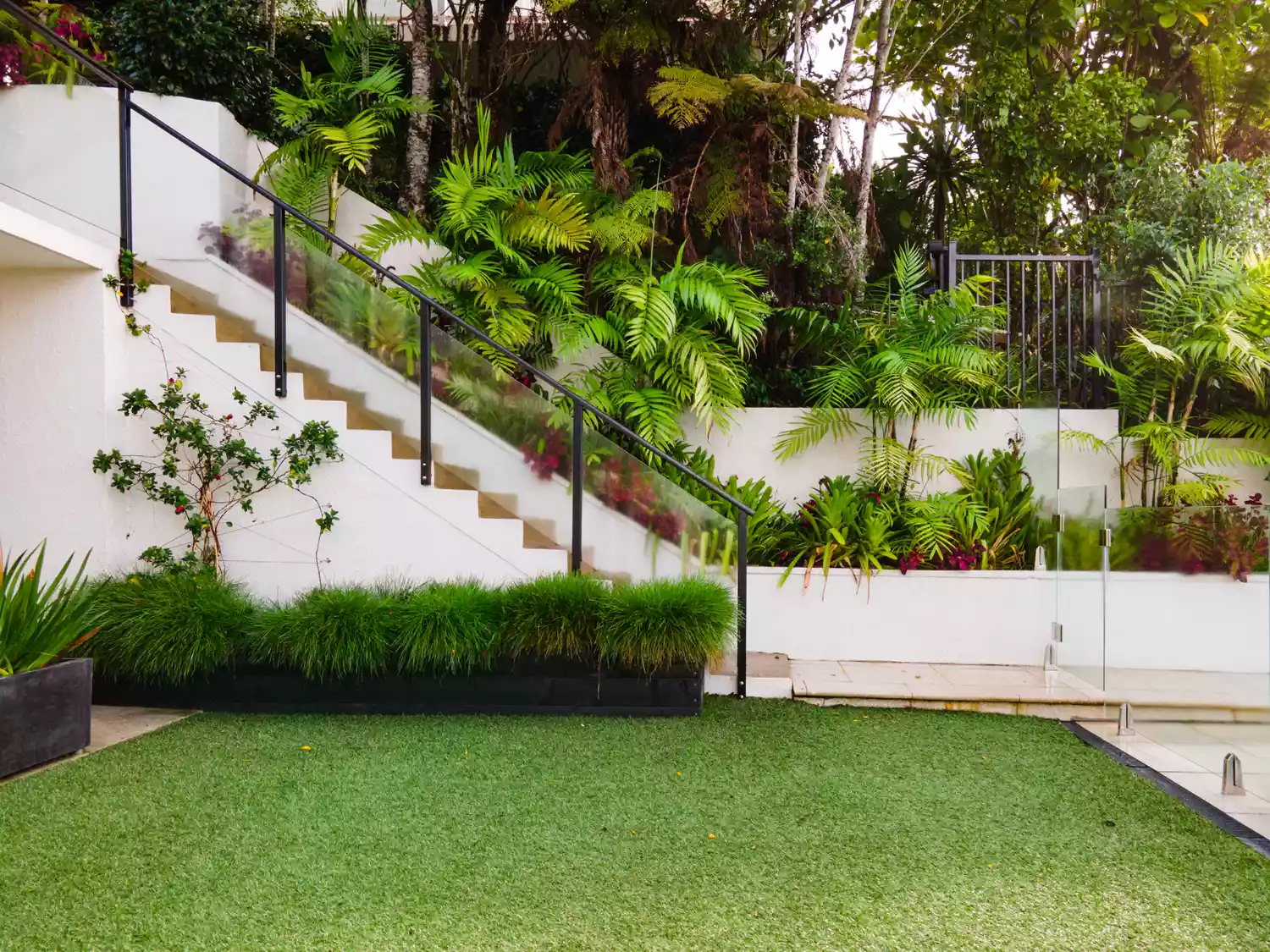 Look Up Look Down Photography / Unsplash
Look Up Look Down Photography / Unsplash
Unity
A garden design with a sense of proportion also exhibits unity. The placement of landscape plants in a thoughtful manner regarding their form is one method for promoting a unified feel.
For instance, small trees flanking a driveway or an entrance should have the same form to create unity. The repetition of the same form also promotes unity. Unity, or “harmony,” has been achieved when the viewer senses that all the landscape plants in a garden design complement each other and have been chosen with one over-arching theme in mind.
 The Spruce / Adrienne Legault
The Spruce / Adrienne Legault
Rhythm
Rhythm is the patterned repetition of a motif. In your home landscape design, the motif could consist of the landscaping plants used, for instance. Landscaping plants of one type could be planted in a row or hedge, which would effectively channel the viewer’s gaze in one direction, rather than in another. Nothing controls eye movement more readily than a straight line.
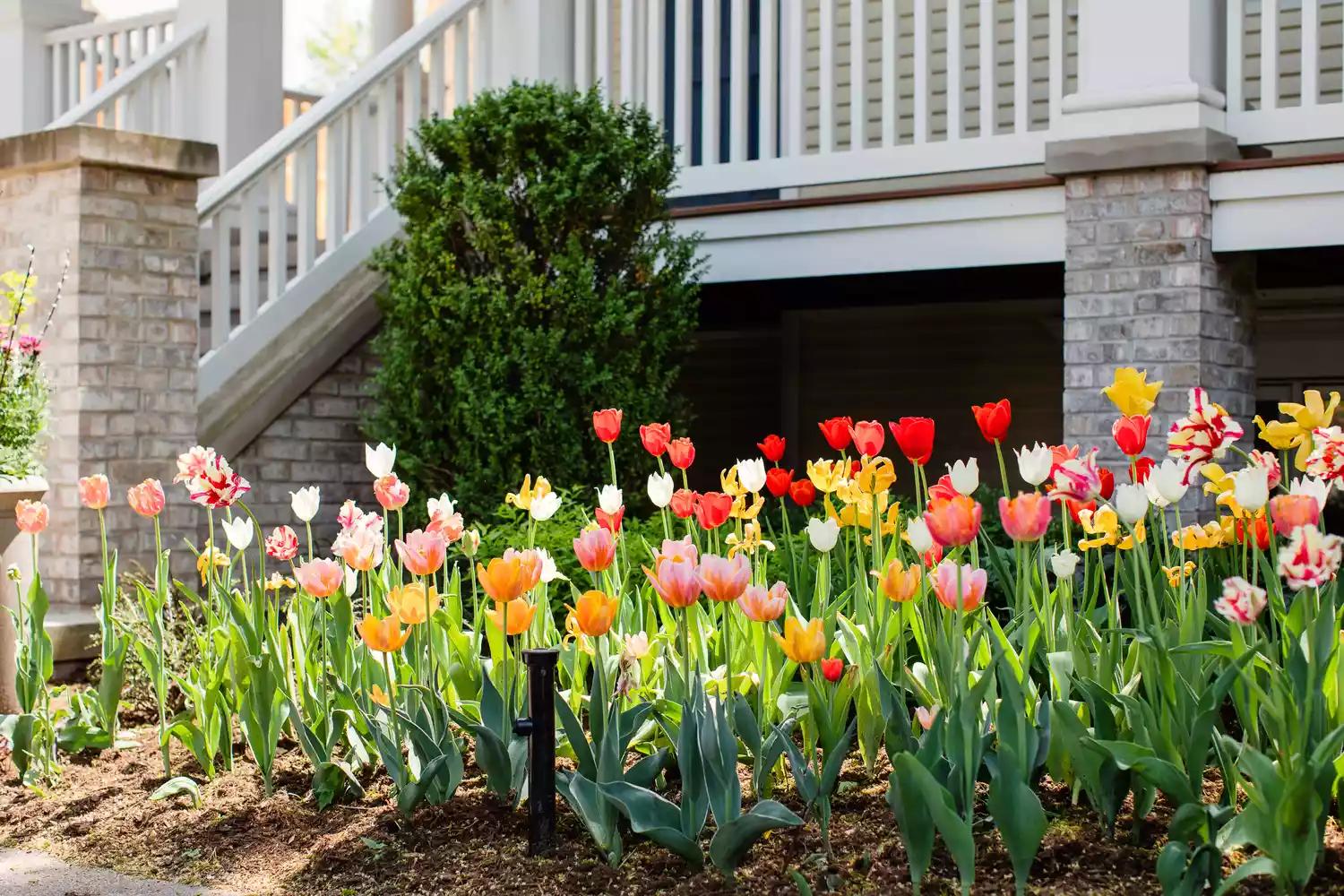 The Spruce / Sarah Crowley
The Spruce / Sarah Crowley
Balance
Balance refers to the consistency and visual weight of attractions in the yard. For example, balance can be achieved through the repetition of the same size, shape, and color plants that are evenly placed around a property or garden. A large tree on both sides of a house can balance the yard, for example.
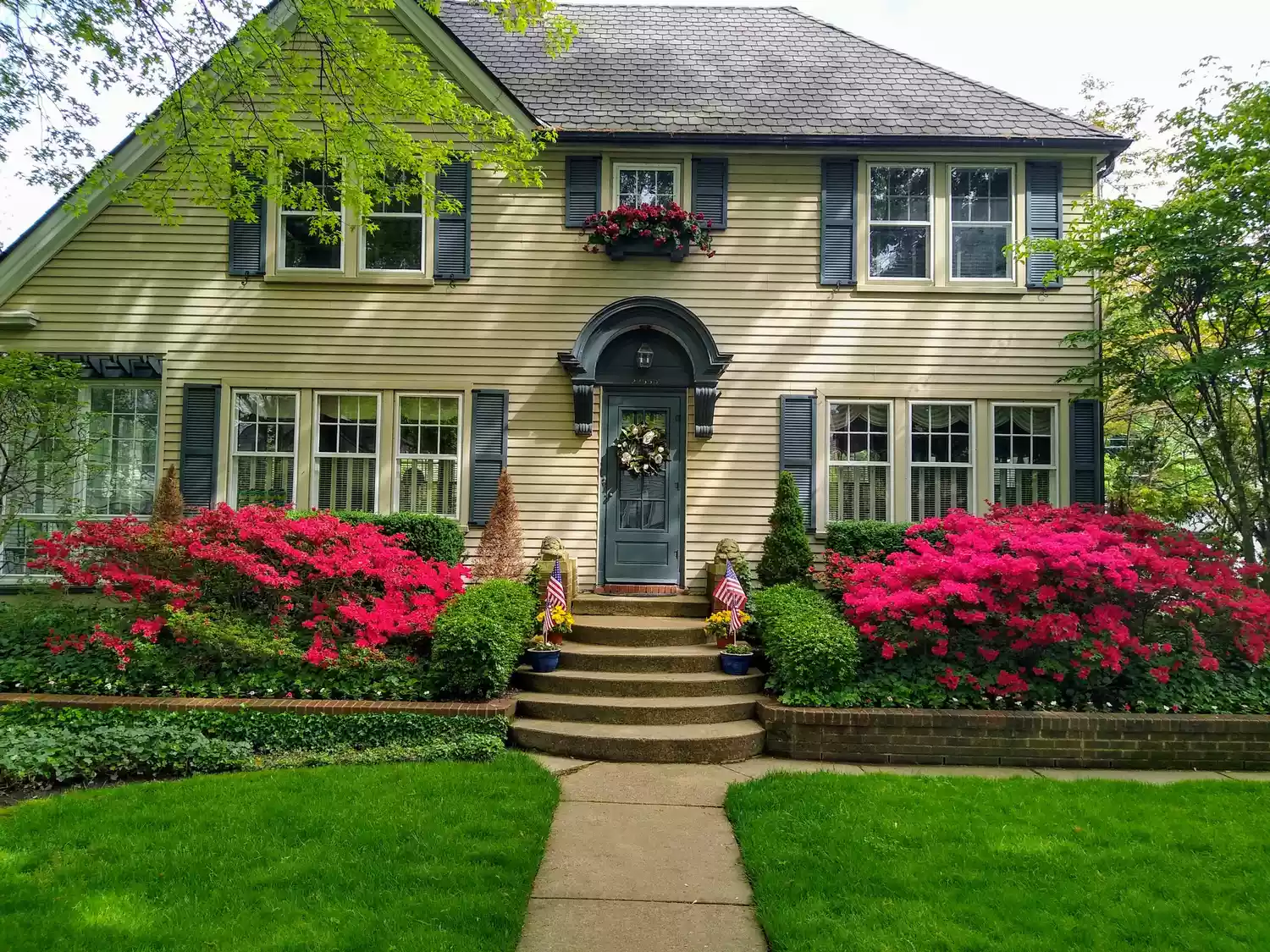 Doug Vos / Unsplash
Doug Vos / Unsplash
Focalization
Understanding balance is, in turn, important for an understanding of focalization. Focalization is the forcing of the viewer’s perspective to a specific focal point without it appearing jarring. While it can be achieved through various means, more intense focalization is created through the use of balanced, consistent arrangements of elements.

Serene Garden is a Page of minimalist home designs and floor plans from simple to modern minimalist homes. In addition there are several tips and tricks on home decorating various themes. Our flagship theme is the design and layout of the house, the inspiration of the living room, bedroom, family room, bathroom, prayer room in the house, the terrace of the house and the child’s bedroom.
